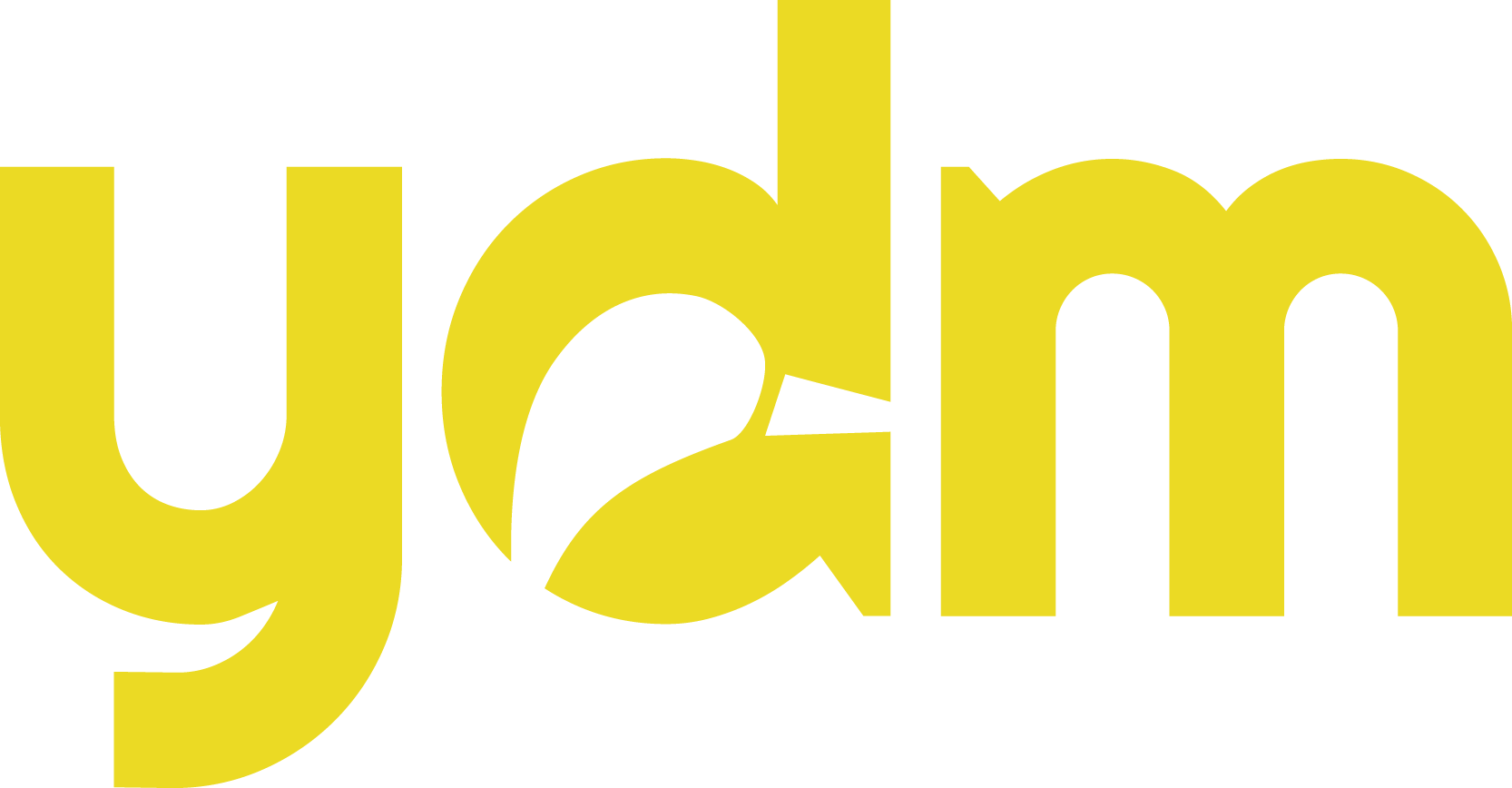A website redesign is a significant undertaking that can breathe new life into your online presence. However, the path to a successful launch is often paved with unexpected challenges that can delay your timeline and lead to increased costs.
Understanding these common roadblocks — and how to overcome them — can be the difference between a smooth project and one that’s riddled with frustration for all parties. In this post, we’ll explore the most common issues that arise during a website redesign and provide ideal solutions to keep your project on track and on budget.
1. Scope Creep
As the website design project progresses, it’s not uncommon for additional features and changes to be requested, leading to scope creep. This can cause delays, increase costs and complicate the project.
Solution:
To prevent scope creep, it’s crucial to define the project scope clearly from the start. Stick to the agreed-upon plan and carefully evaluate any new requests for their impact on the timeline and budget. If additional features are needed, consider deferring them to a future phase to avoid derailing the current project timeline.

2. Content Delays
Content direction and creation is often the biggest hurdle in a web design project, and client approval can often take longer than expected. It can delay the overall project timeline and push back the launch date.
Solution:
To mitigate content delays, set clear deadlines for content delivery and approval early in the project. If the final content isn’t ready on time, consider using placeholder content to keep the design and development process moving forward. This approach ensures that content delays don’t stall the entire project. Teams can also hold an “all-hands” day where the sole focus is content creation for the company.
3. Design Feedback Loops
Continuous feedback and revisions on design elements can lead to delays and frustration for both designers and stakeholders.
Solution:
Establish a clear review process with a limited number of revision rounds to streamline the design phase. Providing comprehensive design briefs at the beginning of the project can help align expectations between the client and designer, reducing the need for extensive revisions later in the project.

4. Stakeholder Misalignment
Poor communication and misalignment among stakeholders can lead to delays, rework and confusion over project expectations. This often happens when there isn’t a final decision-maker or point person to consolidate all feedback – and manage conflicting feedback.
Solution:
From the start, establish clear communication channels and involve all stakeholders in key decision-making processes. Schedule regular check-ins to confirm alignment on messaging, goals and project expectations. This approach ensures everyone is on the same page and working toward the goals for the website.

5. Scheduled Photoshoots
Delays in scheduling or executing photoshoots can push back content finalization and, ultimately, the website launch.
Solution:
Plan photoshoots well in advance and align them with the overall project timeline. Consider photos that might be seasonal, such as an exterior office shot that should have leaves on the trees. To avoid last-minute delays, have a backup plan in place, such as using stock images temporarily. This flexibility ensures that content delays don’t derail the entire project.
While a website redesign is a complex process, understanding and anticipating these common roadblocks can help you stay on track and achieve a successful launch. By proactively addressing issues like scope creep, content delays and stakeholder misalignment, you can ensure that your redesign project not only meets your goals but also delivers a seamless user experience.
Contact us to learn more about our web design and development process and let the ducks guide you through a seamless launch!








